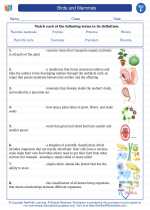Helminths
Helminths are a group of parasitic worms that can infect the human body. These worms can be found in various environments such as soil, water, and food, and they can cause a range of diseases in humans. There are different types of helminths including roundworms (nematodes), tapeworms (cestodes), and flukes (trematodes).
Types of Helminths
1. Roundworms (Nematodes): These are long, cylindrical worms that can cause diseases such as ascariasis, hookworm infection, and trichuriasis.
2. Tapeworms (Cestodes): These are flat, segmented worms that can cause diseases such as cysticercosis and echinococcosis.
3. Flukes (Trematodes): These are flat, leaf-shaped worms that can cause diseases such as schistosomiasis and liver fluke infection.
Life Cycle of Helminths
Helminths have complex life cycles that often involve different stages and hosts. The life cycle of a helminth typically includes stages such as egg, larva, and adult worm. In some cases, the helminth requires an intermediate host, such as a snail or a fish, to complete its life cycle.
Transmission and Prevention
Helminths can be transmitted to humans through consumption of contaminated food or water, contact with infected soil, or through the bite of an infected insect. To prevent helminth infections, it is important to practice good hygiene, wash hands before eating, and properly cook food.
Effects on Human Health
Helminth infections can cause a range of symptoms including abdominal pain, diarrhea, weight loss, anemia, and fatigue. In severe cases, helminth infections can lead to complications such as organ damage and impaired growth and cognitive development in children.
Diagnosis and Treatment
Helminth infections are diagnosed through stool tests, blood tests, and imaging studies. Treatment for helminth infections often involves the use of antiparasitic medications such as albendazole and mebendazole. In some cases, surgical intervention may be necessary to remove the worms or their cysts.
Study Guide
When studying helminths, it is important to focus on the following key points:
- Types of helminths: Roundworms, tapeworms, and flukes
- Life cycle of helminths: Egg, larva, and adult stages; involvement of intermediate hosts
- Transmission and prevention of helminth infections
- Effects of helminth infections on human health
- Diagnosis and treatment of helminth infections
◂Science Worksheets and Study Guides Sixth Grade. Birds and Mammals
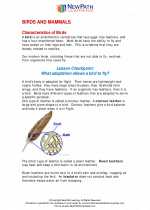
 Activity Lesson
Activity Lesson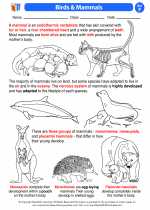
 Worksheet/Answer key
Worksheet/Answer key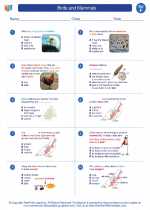
 Worksheet/Answer key
Worksheet/Answer key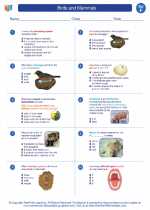
 Worksheet/Answer key
Worksheet/Answer key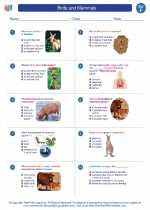
 Worksheet/Answer key
Worksheet/Answer key
 Vocabulary/Answer key
Vocabulary/Answer key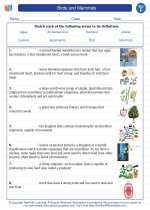
 Vocabulary/Answer key
Vocabulary/Answer key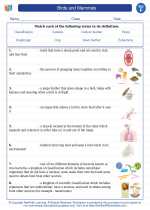
 Vocabulary/Answer key
Vocabulary/Answer key
 Vocabulary/Answer key
Vocabulary/Answer key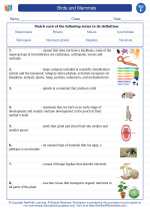
 Vocabulary/Answer key
Vocabulary/Answer key